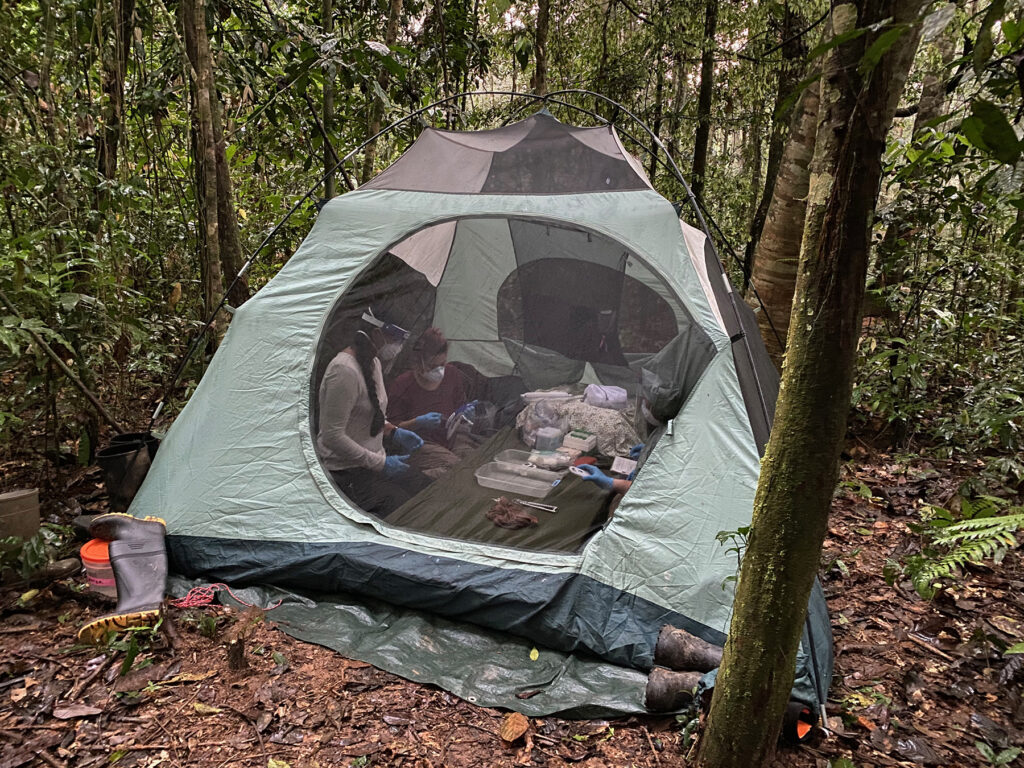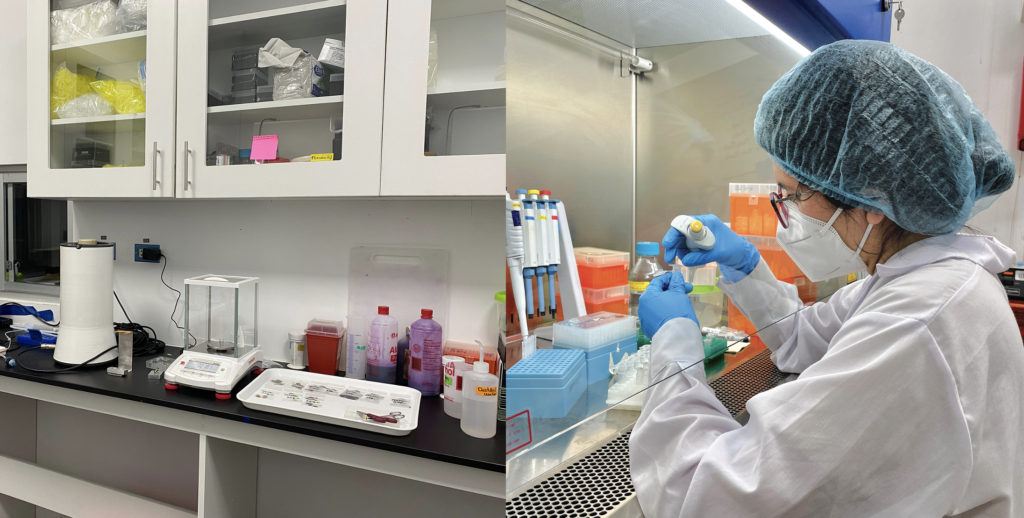
Population Sustainability Scientist for San Diego Zoo Wildlife Alliance
Technological advances have expanded the repertoire of tools available to laboratory scientists, providing them with smarter, quicker, and more accurate ways to study the science of molecules. With this tide of innovation has come a significant increase in the complexity—and cost—of lab ware. Many devices come with warranties and maintenance packages that run into thousands of dollars a year in themselves. This has created what is often an insurmountable gap between those who can access laboratory technology and those for whom the price is simply too high. However, alongside such innovation there has also been a quieter, simpler movement: we call it “frugal science.”

Frugal science has produced a $1 paper microscope and 3D-printed centrifuges. Do-it-yourself biologists have invented $300 kits to make machines that can easily and affordably amplify genes of interest. This ever-growing movement has demonstrated that we can democratize laboratory science and open its doors to a much larger group of players. Nowhere has this been more impactful than in the field of conservation genomics, a field that applies the study of genes and chromosomes toward the preservation of wildlife and biodiversity.
Globally, many conservation programs for endangered species rarely assess biological samples (such as hair, feces, or tissue) due to the difficulties faced by scientists in trying to analyze them. However, these samples, often deposited by wildlife as they move through their habitat, contain veritable treasure troves of information. We can tell which species live in an ecosystem, who eats whom, if males outnumber females, and even the number of individuals in a particular region, all by using the DNA they naturally deposit into their environments. We can protect and conserve endangered species by making technology accessible to scientists and communities around the world. The frugal science movement makes all this possible.

Photo Credit (right) | Jorge Luis Mendoza-Silva
In 2021, San Diego Zoo Wildlife Alliance and our partners embarked on an effort to democratize and decentralize laboratories, beginning with the launch of the Wildlife Conservation Laboratory at Los Amigos Biological Station in the southeastern Peruvian Amazon. We are strategically investing in low-cost, high-quality technology (yes, you read that right!) and empowering scientists from the regions where we work to add this to their “conservation toolbox.” This move comes at a time when a global pandemic has further emphasized the importance of genomics, and the need for widespread laboratory science and training. Genomics gives us an unprecedented lens with which to view the world. And now, genomics is coming to the jungle!
You can help support conservation science.
Visit sandiegozoowildlifealliance.org to learn more.




